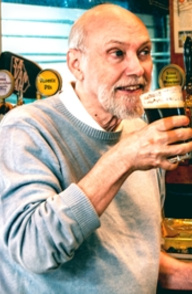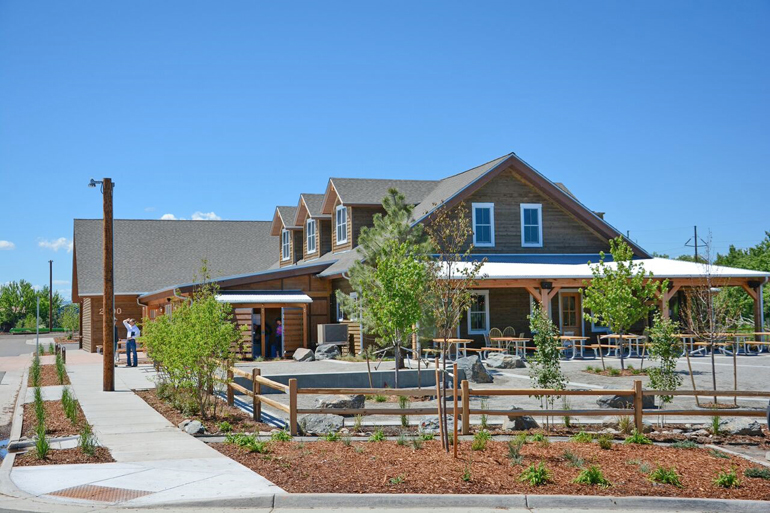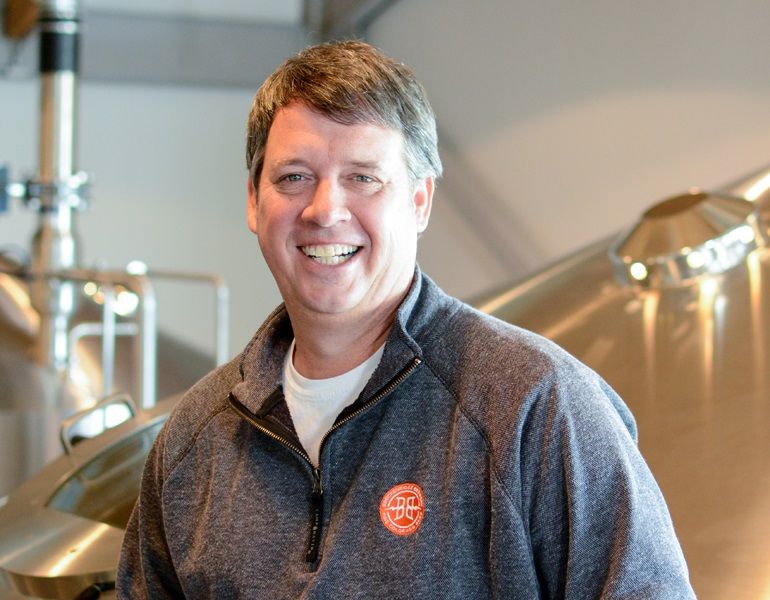Start 14-Day Trial Subscription
*No credit card required

Todd Usry of Breckenridge Brewery
Being owned by a brewery, said Usry, is a better option than being owned by private equity or bankers. There was shock, he acknowledged, when he informed his employees of the acquisition and not much awe. There were the anticipated vindictive messages in social media. A sustained effort to communicate with the Colorado media – as throughout the brewery’s more than two decades of growth – resulted in some negative stories. But Usry stood his ground and rallied his employees. There were no immediate notices to quit or move elsewhere.
Usry said he’s not worried about losing the brewery’s independence and that he believes it can continue to be well-connected to the Colorado lifestyle that helped inspire Vanilla Porter, Avalanche Amber and, more recently, Ophelia Hoppy Wheat plus a nitro version of Vanilla Porter.
Andy Goeler, VP of Marketng for The High End, said the acquisition of Breckenridge was focused on innovation. “Breckenridge Brewery has a long history of innovation and they continue to brew new and exciting beers, from their specialty brews like the Mountain Series that celebrates the brewery’s origin as a ski town brewpub, to their planned nitro can series,” said Goeler. “They are innovative and have built an amazing business that’s enabled them to get their great beers to fans across the country. We look forward to even more growth together.”

Usry said he’s not worried about losing the brewery’s independence to AB-InBev and that he believes it can continue to be well-connected to the Colorado lifestyle that helped inspire Vanilla Porter, Avalanche Amber and Ophelia Hoppy Wheat.
“They want me to do what I do and to remain focused on growing Breckenridge Brewery within the culture we have created here throughout the years,” said Usry of the meetings with executives from The High End. One of those on hand to help with the acquisition was J.B. Shireman of the investment banking firm First Beverage Group. Shireman spent 13 years helping to grow New Belgium Brewing Company and is a friend of Usry.
“They’re into individual stories, which I think craft is built on completely,” said Usry. “That is all that you hear out of them. One of my first questions was autonomy. What’s going to happen to decision making? They said, ‘We don’t want to run your brewery. It’s all yours. We want you to run it as you have. We’re just looking to help you grow it and to give you all the resources necessary to do that and to maintain quality.’”
Usry vows the commitment to innovation and quality will determine the course of Breckenridge’s future, which continues to be aligned with the same themes of fun and connection to the Colorado lifestyle that have characterized a company that once brewed near Coors Field and made special beers for Comic Con such as Brews Wayne and Caped Brewsader. For years Leftover Salmon, a local group, has been the “house” bluegrass jam band.
One of the objectives of The High End is to purchase breweries that have brewpubs and tap rooms that are a destination in their own right. The new Farmhouse Restaurant that adjoins the brewery in Littleton and its access by car, bike or the river made Breckenridge very attractive once Cerkovnik and Driscoll, experts in restaurant development, decided to sell and focus on their seven other eateries in Denver and Colorado Springs that remain under the Breckenridge-Wynkoop banner.
“Our beer garden was in full swing, our restaurant was jammin’ (during transition talks),” said Usry. “When they were here everything was buzzin’ with life and they brought it up. They’re big on the experience. They’re improving beer gardens and pubs in some of the other locations.”

One of the objectives of AB-InBev's High End line is to purchase breweries that have brewpubs and tap rooms that are a destination in their own right, such as Breckenridge's new Farmhouse Restaurant in Littleton.
The brewery’s new Steinecker system, which car lover and NASCAR fan Usry likens to having a hot new performance vehicle, has helped the transition. The 400-barrel system is fully automated, allowing control by the brewing team from a computer screen. Having produced 70,000 barrels in 2015 following a move from the Denver brewery in May, the facility is capable of producing 120,000 barrels currently and can be outfitted to produce 300,000.
The use of recycled materials, LED and natural lighting, plus the German brewing system’s efficient use of water keeps the brewery in line with Colorado’s emphasis on green technology. The ability to produce beers in 100-barrel batches helps sustain creativity. Last year, the brewery introduced 13 new beers, including a whiskey barrel-aged version of 471 Double IPA and a tequila barrel-aged version of Ophelia Hoppy Wheat, which first arrived last spring as a new seasonal.
There’s no mistaking the Colorado theme to the brand, which distributes a Rocky Mountain Sampler, and Usry says the Breckenridge beers are made with balance as well as innovation to keep them approachable. (The company bucked trends to stay with lagers longer than most craft breweries and even had a 3.2 percent ABV “active lifestyle” beer sold only in Colorado, which has been discontinued.) It was fairly amazing that the company introduced so many new beers in the same year it transitioned from its previous brewery on Kalamath Street in Denver.



